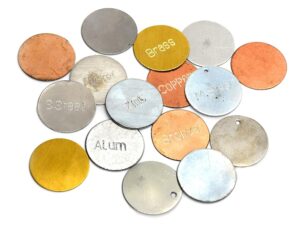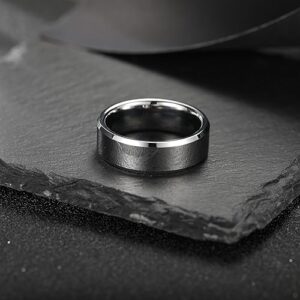Are you standing in front of a jewelry display wondering, “Should I go for the sleek stainless steel or the elegant sterling silver?”
You’re not alone.
Choosing the right metal isn’t just about how it looks — it’s about how it fits into your lifestyle, your skin sensitivity, and yes, even your budget.
As jewelry lovers who’ve worked with both metals, we’ve put together this guide to help you choose smarter.
If you want your jewelry to look good, last long, and feel right, you’re in the right place.
Table of Contents
What is Stainless Steel?
Stainless steel jewelry is made from a strong mix of metals, mainly iron, carbon, and chromium. You’ll often see grades like 304 or 316L — and here’s why that matters.
The 316L grade is also called surgical-grade stainless steel because it’s extra resistant to corrosion and safe even for sensitive skin. This is the same material used in medical tools — so if it’s good enough for hospitals, it’s definitely good enough for jewelry!
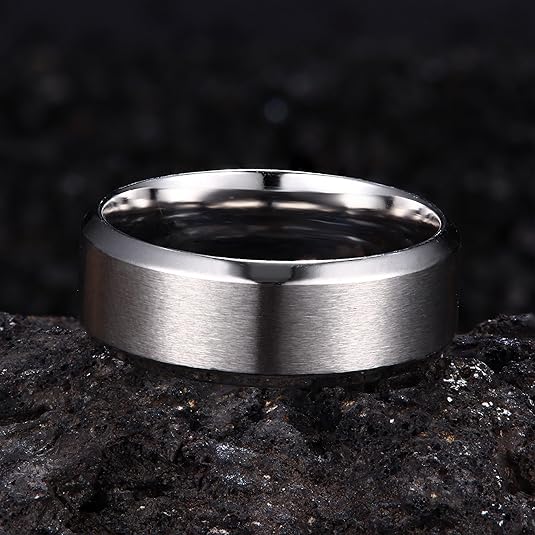
What Is Sterling Silver?
Sterling silver is the go-to metal when you want something classic, elegant, and meaningful. It’s not pure silver — and that’s actually better for everyday wear.
The label “925” means the piece is made of 92.5% pure silver and 7.5% other metals, usually copper. This blend makes it strong enough to use in jewelry, while still keeping that beautiful silver shine.
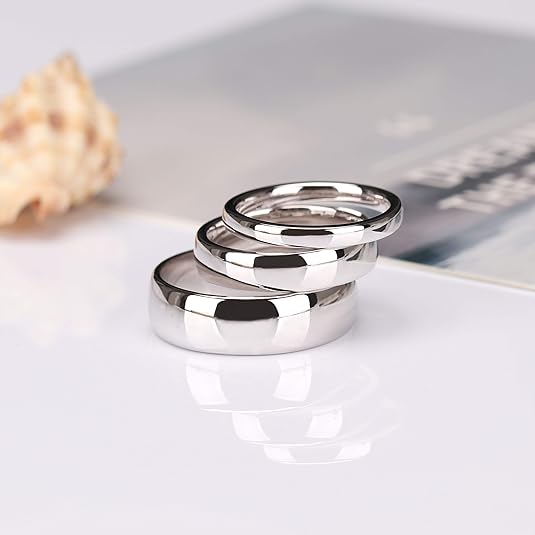
Stainless Steel vs Sterling Silver
Choosing between stainless steel and sterling silver isn’t just about looks — it’s about how each metal fits into your lifestyle, skin sensitivity, budget, and even your jewelry care habits. Let’s break it down one by one.
| Feature | Stainless Steel | Sterling Silver |
|---|---|---|
| Durability | Very strong, scratch-resistant | Softer, prone to scratches and bends |
| Tarnish | No tarnish, low maintenance | Tarnishes over time, needs regular cleaning |
| Skin Friendly | May cause allergies (choose 316L for safety) | Usually hypoallergenic when marked “925” or “STERLING” |
| Cost | Affordable, great for everyday wear | More expensive, holds long-term value |
| Look | Cool, modern shine | Warm, classic silver glow |
| Stamp | Marked “316L” or “Surgical Steel” | Marked “925” or “STERLING” |
Durability and Scratch Resistance
- Stainless steel is super strong and resists scratches, dents, and bending — perfect for daily wear and active lifestyles.
- Sterling silver is softer and scratches or bends more easily, especially in delicate designs.
Tarnishing and Maintenance
- Stainless steel doesn’t tarnish or rust, so it stays shiny with very little care.
- Sterling silver can tarnish over time, turning dark or dull from air and sweat exposure.
Skin Sensitivity
- Stainless steel can contain nickel, which may cause allergies, but surgical-grade “316L” stainless steel is low-nickel and skin-friendly.
- Sterling silver is usually hypoallergenic and safe for sensitive skin when marked “925” or “STERLING.”
Price and Long-Term Value
- Stainless steel jewelry is affordable and great for everyday use.
- Sterling silver costs more but is a precious metal and holds value better for gifts or heirlooms.
Appearance and Finish
- Stainless steel has a cool, mirror-like finish that fits modern and minimalist styles.
- Sterling silver has a warm, classic white shine that suits vintage and gemstone designs.
Stamp Markings (Hallmarks)
- Sterling silver is stamped “925” or “STERLING,” meaning it’s 92.5% pure silver.
- Surgical-grade stainless steel is marked “316L” or “Surgical Steel,” indicating high quality and skin safety.
Which Metal Should You Choose?
Go with Stainless Steel If:
- You want affordable, low-maintenance jewelry that stays shiny with just soap and water.
- You like a sleek, modern look with a cool, mirror-like finish.
- You have sensitive skin and need hypoallergenic, nickel-free options like surgical-grade steel.
Go with Sterling Silver If:
- You want a classic, bright shine that looks elegant and timeless.
- You don’t mind a little cleaning to keep it polished and tarnish-free.
- You prefer traditional, elegant pieces that can become heirlooms.
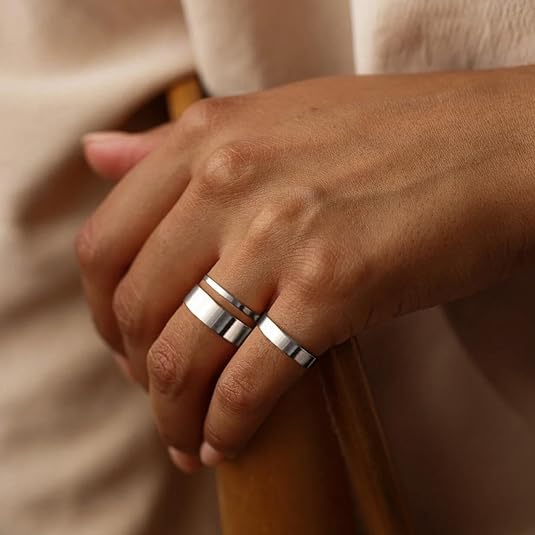
Pros and Cons Table
To help you make a quick, confident choice, here’s a simple pros and cons breakdown for both metals:
| Feature | Stainless Steel | Sterling Silver |
|---|---|---|
| Pros |
|
|
| Cons |
|
|
How to Care for Each Metal (Maintenance Guide)
Stainless Steel Care
- Clean with mild soap, warm water, and a soft cloth or toothbrush.
- Rinse and dry thoroughly to avoid water spots.
- No polish needed — it resists tarnish and rust naturally.
- For stubborn grime, gently scrub with a paste of baking soda + water.
Sterling Silver Care
- Wipe with a silver polishing cloth to remove tarnish.
- Store in anti-tarnish pouches or zip bags to slow oxidation.
- Keep away from perfumes, lotions, and cleaning products.
- For deep cleaning, use silver cleaner or a DIY soak (baking soda + foil + hot water).
Frequently Asked Question's
It depends on what you want:
- Stainless steel is stronger, cheaper, and resists scratches and rust.
- Sterling silver (92.5% silver) looks more elegant and is more valuable but needs regular cleaning to avoid tarnish.
Choose stainless steel for durability and low maintenance. Choose sterling silver for a classic, higher-end look.
Stainless steel is better for water, It doesn’t rust or tarnish, even if you wear it in the shower or ocean.
Sterling silver, on the other hand, can tarnish over time if exposed to water, especially saltwater or chemicals.
Final Words: Which Metal Wins for You?
We’ve covered a lot about stainless steel and sterling silver — now it’s time to make the decision easier. Here’s a quick recap and a handy checklist to help you pick the perfect metal based on what matters most to you!
- Stainless steel is tough, affordable, and perfect for daily wear, especially if you live an active lifestyle or want low-maintenance jewelry.
- Sterling silver shines with timeless beauty, is great for gifts, and works well if you have sensitive skin, but it requires more care and can be pricier.
Which One Would You Choose—Stainless Steel or Sterling Silver?
We’d love to hear your thoughts! Share your experience in the comments—whether you prefer the strength of stainless steel or the shine of sterling silver. Your story might help someone else decide!

